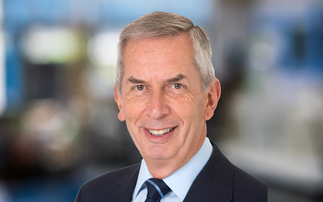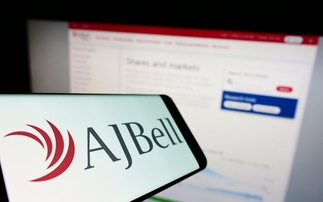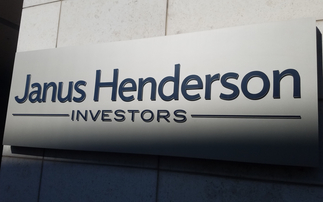Industry Voice: With yields low and unprecedented uncertainty, it's fair to say it hasn't been the easiest market for bond investors. Tim Foster and Claudio Ferrarese, co-managers of the Fidelity Strategic Bond Fund, reflect on the need for greater flexibility to deal with these challenges.
A decade may have passed since Lehman Brothers filed for bankruptcy protection, but recent market jitters provided a timely reminder that volatility still exists in financial markets. The question for many is whether the uptick in volatility is going to last, or if it could it return to the more muted levels seen in 2017?
"It is difficult to pinpoint when this prolonged economic expansion will come to an end. However, with valuations (and volatility) having tested new highs (and lows) in the past 12 months, we are extremely cautious on the outlook for riskier or less liquid assets," says Foster.
"We think that the global economy is firmly in the late part of the economic cycle, with credit fundamentals deteriorating as companies use ever more share buybacks and mergers to drive equity returns, funded by borrowing in bond markets.
"The flattening US Treasury yield curve - as the Federal Reserve push ahead with hiking interest rates - has been a good indicator for recessions in the past although there's fierce debate as to whether this time will be different. The increase in US government spending announced last year will certainly prolong the US expansion for a couple of years, but we think this won't be able to overcome the late cycle fundamentals in the end."
Foster goes on to explain what this means for the team's duration strategy: "As things stand, we're likely to nudge duration higher from here, with a preference for US dollar duration given the late cycle dynamic. Treasuries have a higher beta than gilts or bunds and we feel they offer the best hedge for a risk-off move, so should outperform in a risk-off rally. But we are aware the technical picture is very uncertain, so the challenge is to balance the risk of further gaps higher in yield with caution about the possibility of a reversal."
To continue reading this article and learn how fixed income markets have evolved following the global financial crisis, click here.













